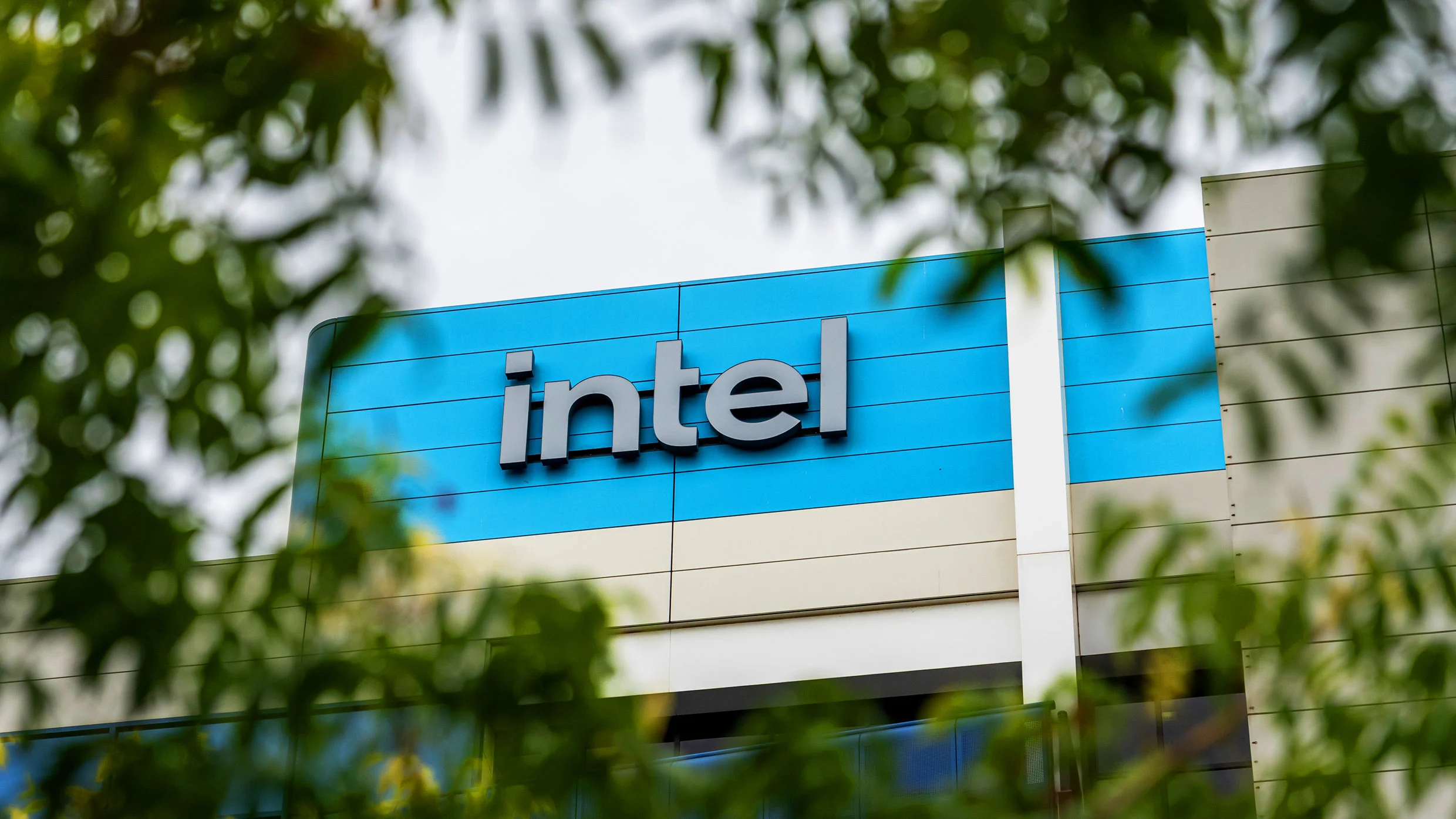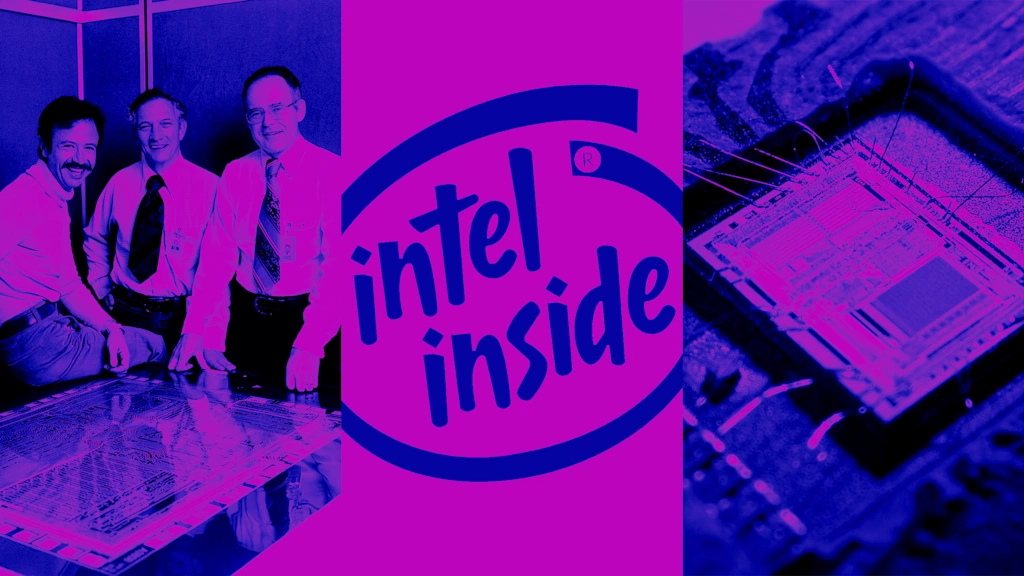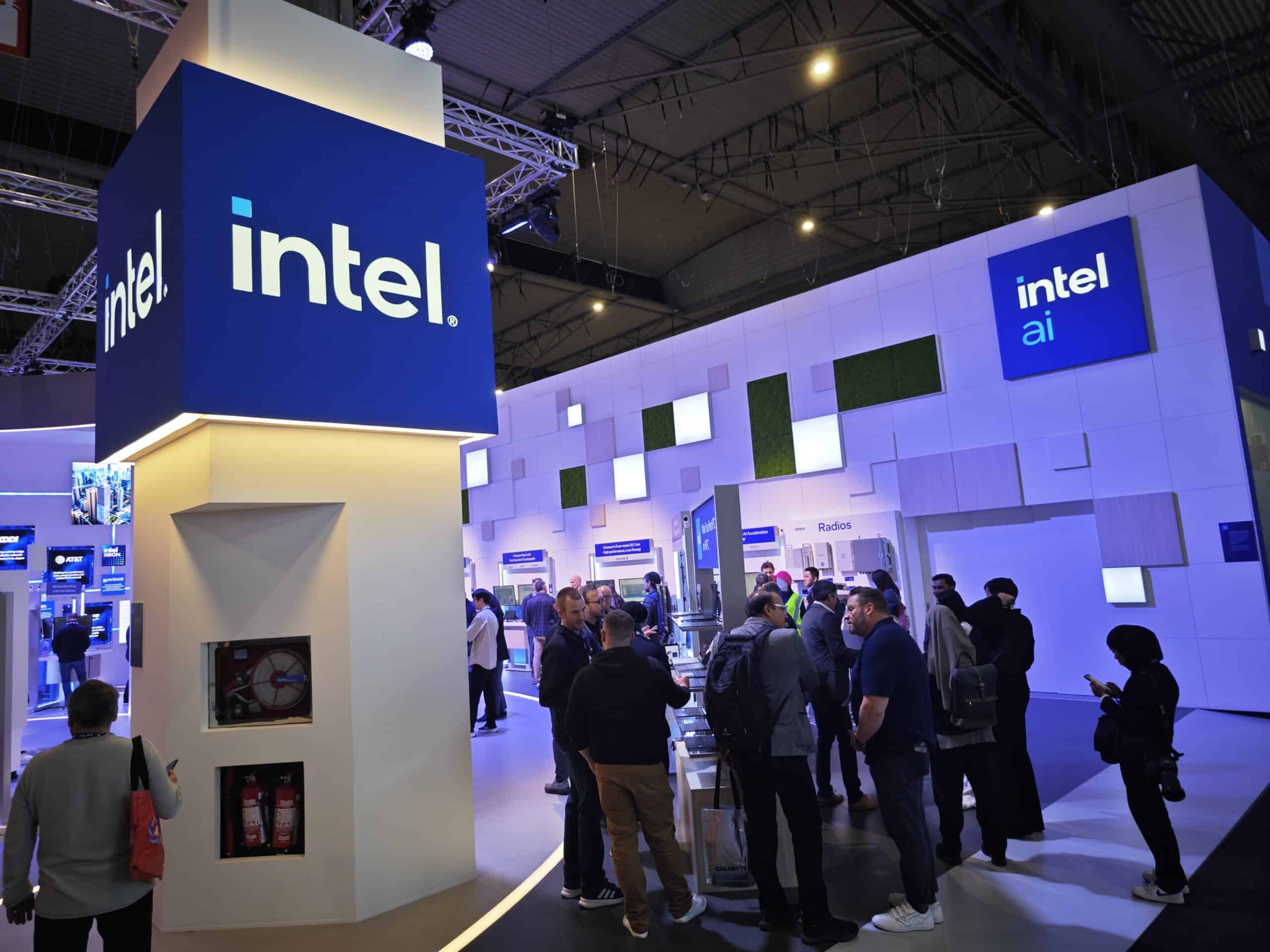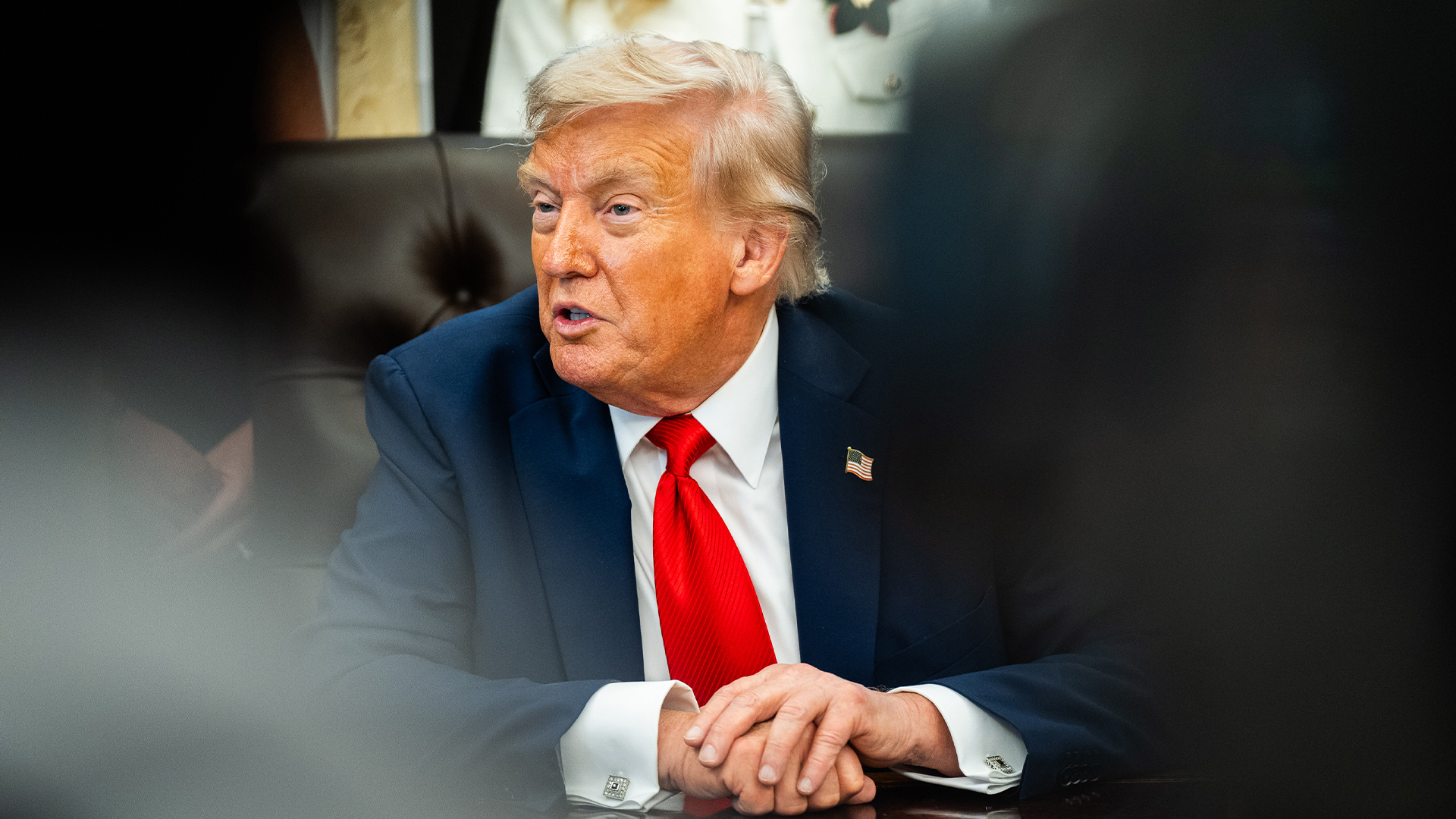#chips-act
#chips-act
[ follow ]
#intel #semiconductor-manufacturing #semiconductors #us-government-stake #government-equity-stake #foundry
fromTheregister
3 weeks agoTrump's tariffshaped stick can't beat reality on US fabbing
In some respects, it reflects a modern economic take on Roosevelt's Big Stick ideology, only Trump seems to have ignored the speaking softly bit and jumped straight to swinging his stick like every problem is a piñata with candy inside. Trump need not even swing his stick - all he has to do is make a threat, and those in its path scramble to appease him.
US politics
fromWIRED
1 month agoJensen Huang Wants You to Know He's Getting a Lot Out of the 'Fantastic' Nvidia-Intel Deal
In a press briefing, Huang emphasized that the deal will allow Nvidia to scale its rack architecture systems that combine 72 GPUs with custom CPUs. Huang also said that working with Intel means Nvidia can take a bigger slice of the personal device market. "There are 150 million laptops sold per year," he said. "We're now creating a system-on-a-chip that fuses two processors into one giant SoC, and that will become a new class of integrated laptops that the world has never seen before."
Artificial intelligence
fromresund Startups
1 month agoNano Companies in Lund: Big Ideas, Few Investors
AlixLabs has developed technology to shrink semiconductors like transistors and memory. They are building a pilot facility in Lund to handle wafers for global players like Intel and Taiwan's UMC. But their SEK 165M round has proven hard to fill in Europe. "Interest in Asia is much greater," says CEO Jonas Sundqvist, who keeps the round open for overseas investors. A few blocks away, NordAmps is raising SEK 65M for nanowire transistors that boost analog circuits with higher speed and lower energy use.
Startup companies
fromTechCrunch
1 month agoTrump administration's deal is structured to prevent Intel from selling foundry unit | TechCrunch
The deal was structured in a way to penalize Intel if it spins out its foundry business unit, which makes custom chips for outside customers, within the next few years. Last week's deal included a five-year warrant that would allow the U.S. government to take an additional 5% of Intel, at $20 a share, if the company held less than 51% equity in its foundry business. Zinsner said he expects that warrant to expire.
US politics
fromArs Technica
2 months agoTrump confirms US is seeking 10% stake in Intel. Bernie Sanders approves.
"The Biden administration literally was giving Intel money for free and giving TSMC money for free, and all these companies just giving the money for free, and Donald Trump turned it into saying, 'Hey, we want equity for the money. If we're going to give you the money, we want a piece of the action for the American taxpayer,'" Lutnick said.
US politics
fromAbove the Law
4 months ago'Watt's' The Problem - The Energy Demands Behind AI - Above the Law
AI models are energy-hungry and will drive increased cloud computing consumption. Data centers worldwide consumed roughly 1.5% of global electricity, and that number is expected to grow.
Artificial intelligence
[ Load more ]





